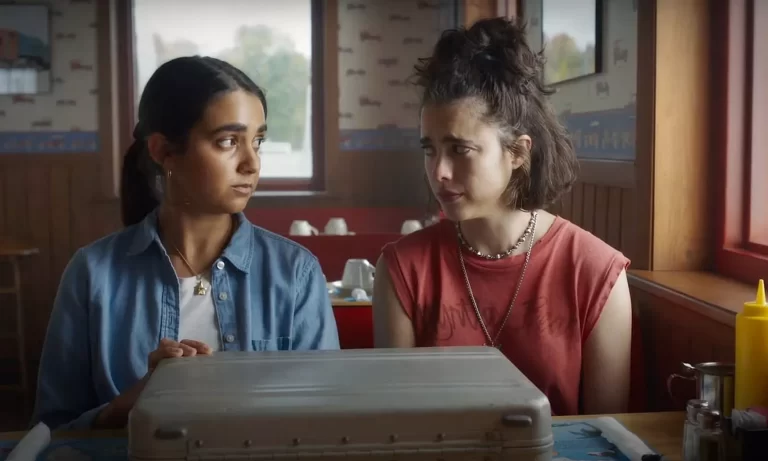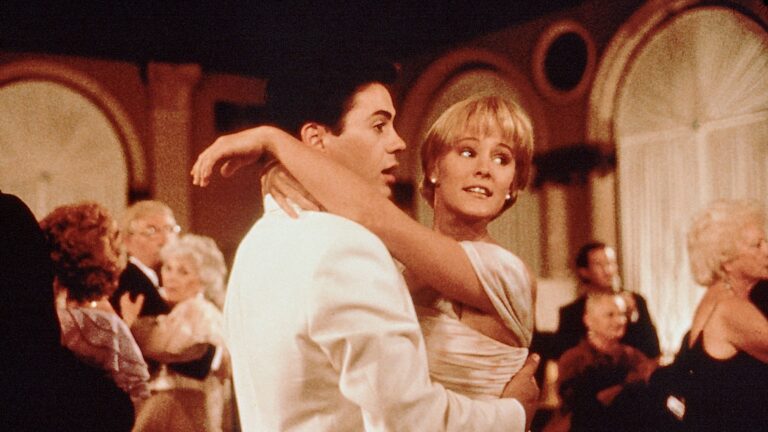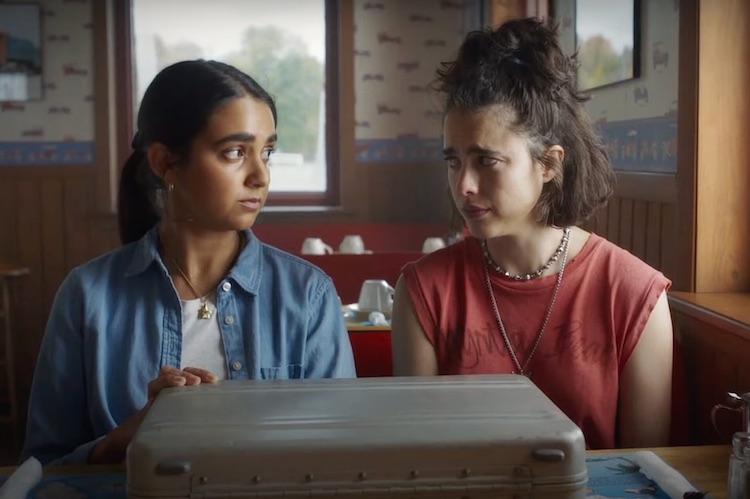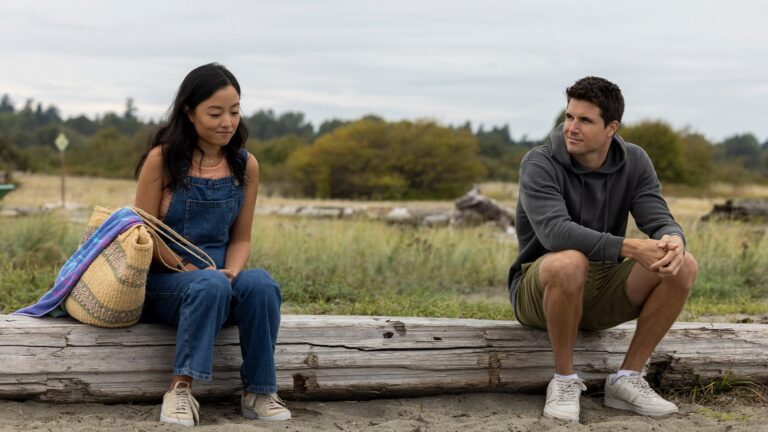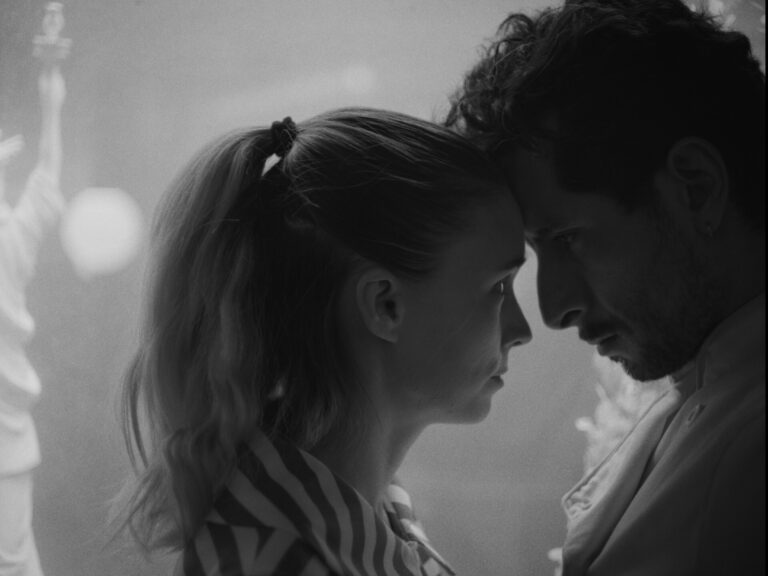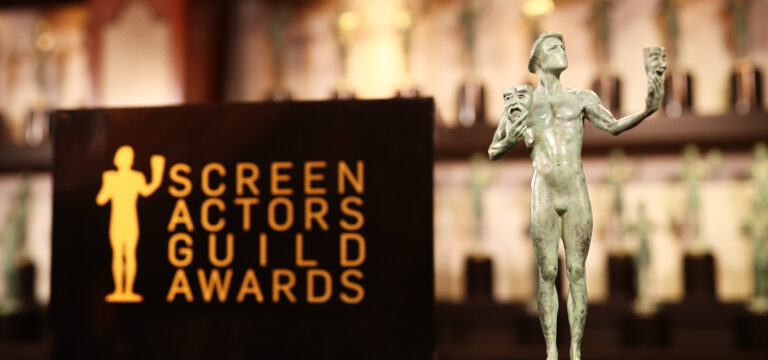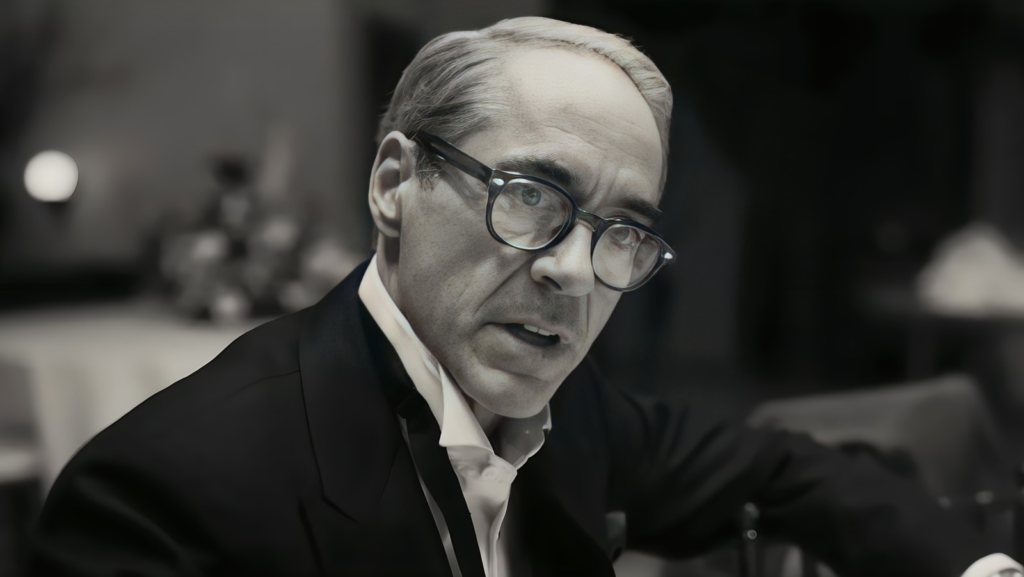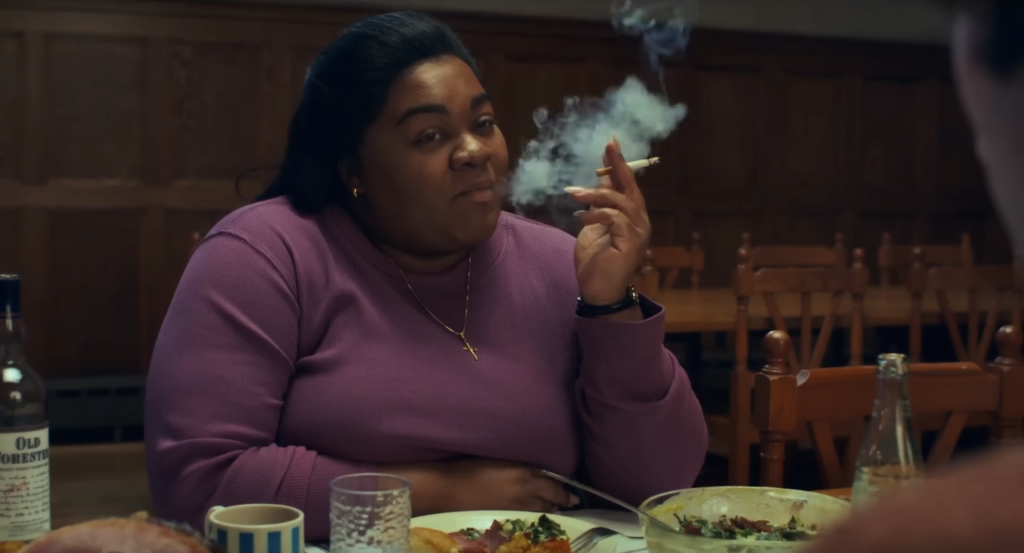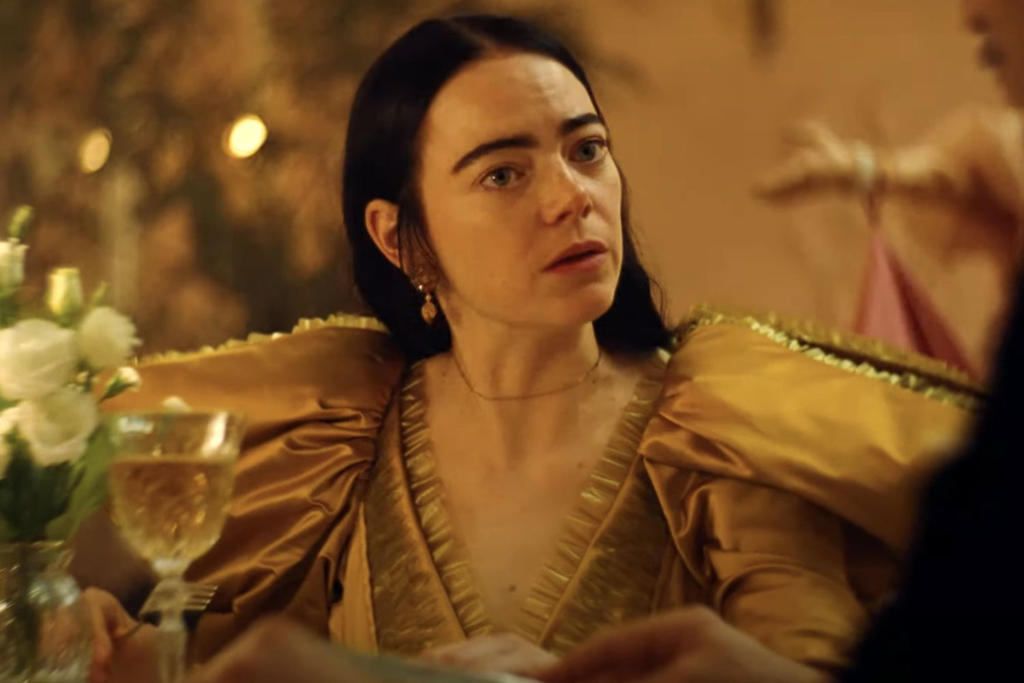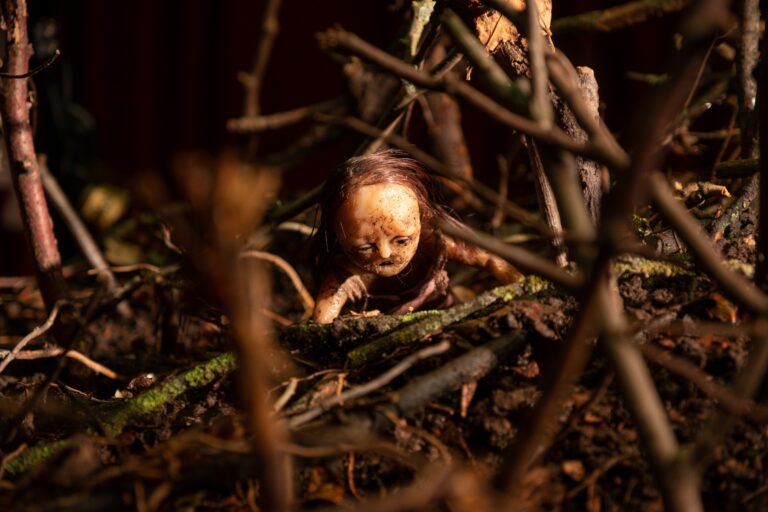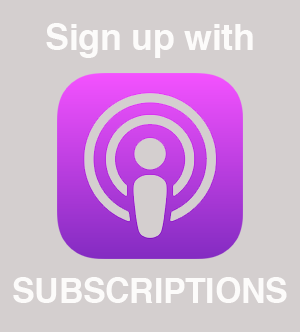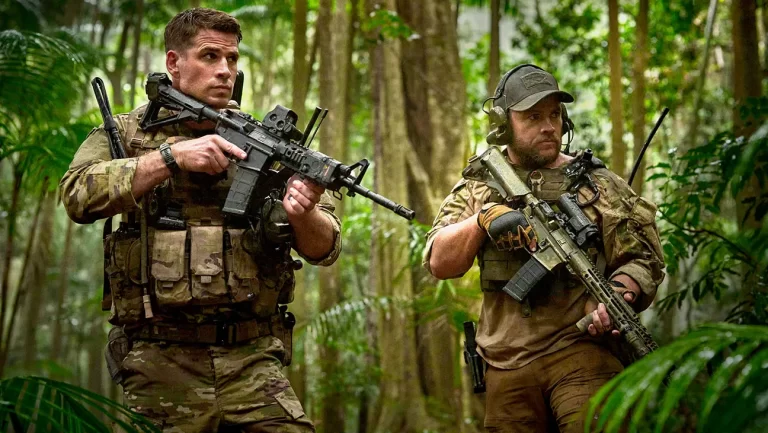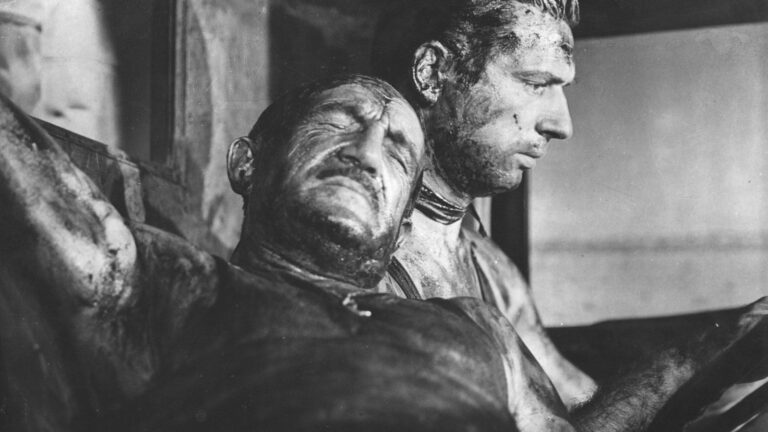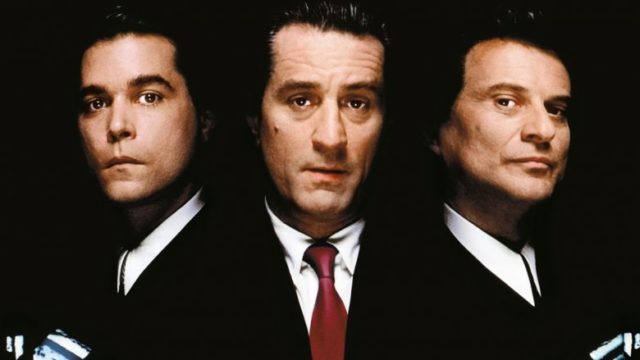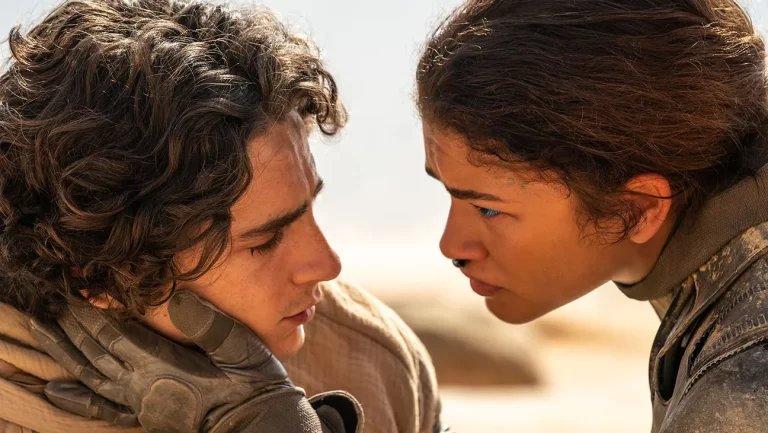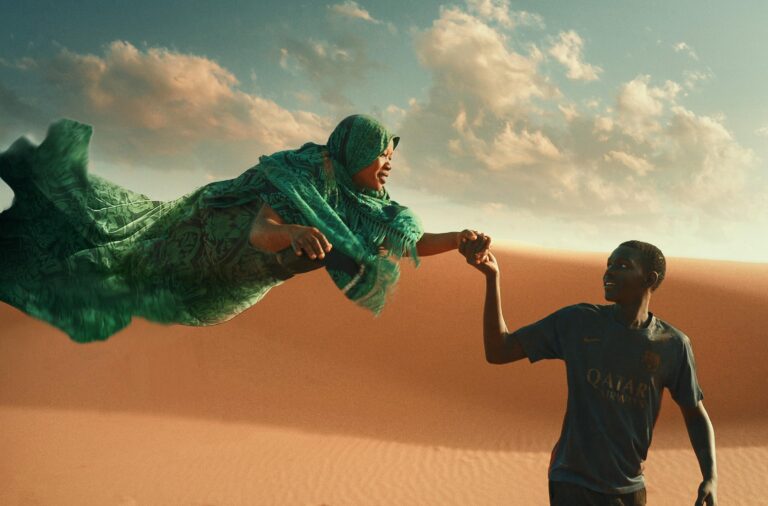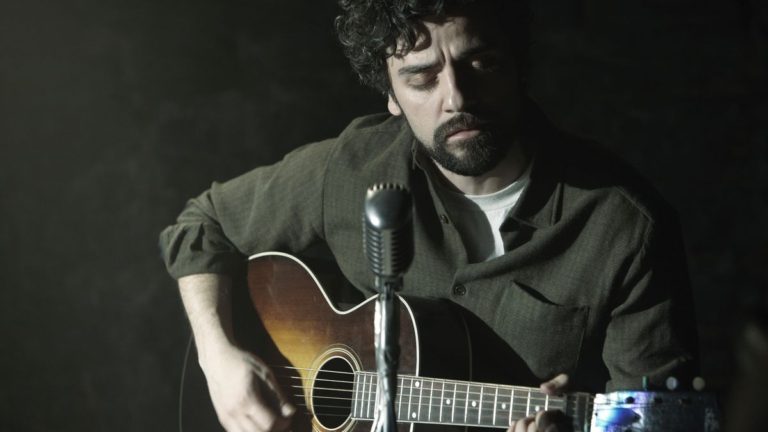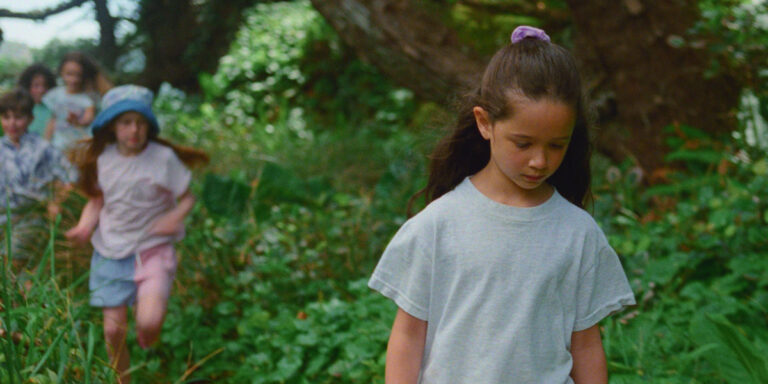Director: Ethan Coen
Writers: Ethan Coen, Tricia Cooke
Stars: Margaret Qualley, Geraldine Viswanathan, Beanie Feldstein
Synopsis: Jamie regrets her breakup with her girlfriend, while Marian needs to relax. In search of a fresh start, they embark on an unexpected road trip to Tallahassee. Things quickly go awry when they cross paths with a group of inept criminals.
When the credits began to roll on Drive Away Dolls, I thought, “It’s time for an intervention to bring the Coen brothers back together.” That’s because Ethan Coen’s story is a pale comparison to his brother’s previous work. The film reminded me of what I heard in the original draft of Good Will Hunting. Damon and Affleck initially told the story of how a genius janitor, Will Hunting, saved the school in some Die Hard escapade. Then, Rob Reiner looked over the script and told them to stick with Will and his therapist, and the rest was history.
Here, Drive Away Dolls dilutes a vibrant and compelling story about the intimacy between the lead characters. The result is another nail in the coffin of estrangement between the Coens, a spectacularly failed experiment. Not because most of the films apart are bad, even though Drive Away Dolls is a substandard effort. It’s the fact that every movie apart proves how ordinary their films are compared to their spectacular endeavors together.
It is set in 1999 in Philadelphia and follows two best friends. One is Jamie (Margaret Qualley), who complement each other differently. Both are gay. Jamie is the unbuttoned, let-her-hair-down type who is independent, unconventional, and spontaneous. Her carefree Texas spirit embodies a combination of a carefree, self-assured attitude and a positive, accepting approach toward sexuality. The other is Marian (Geraldine Viswanathan), the buttoned-up type. The kind that won’t unfasten the top one even if it’s cutting off circulation to her head. She’s conservative and reserved and views spontaneity as a mental health disorder rather than living your best life. She becomes visibly uncomfortable when talking about sex and increasingly so with her sexual orientation.
Jamie then cheats on Sukie (a very funny Beanie Feldstein), a local cop in town. Sukie’s angry; she’s stuck with Jamie’s Chihuahua named Alice B. Toklas (a shrewd touch) and a dildo that was finely crafted to a wall like a taxidermy deer head. Marian wants to visit her aunt in Florida, so Jamie tags along, and they utilize a snowbird driveway service from a man you should not call Curly (Bill Camp). However, curly mistakes the young women as couriers for something illegal in the trunk that could blow the top off an American political system and a major scandal.
From that point on, Drive Away Dolls is a fairly typical story under the LGBTQ+ beard that makes you think the story is something more special than it really is. If you take away the characters’ sexuality, you have a script that is a version of several Coen brothers’ crime classics that’s uneven. The film somehow manages to somehow be light and unfunny simultaneously, then takes 90-degree turns. That includes a scene involving Pedro Pascal, who abandons the Coen brothers’ dark wit for just disturbing and graphic violence that’s gratuitous.
The first half-hour of Drive Away Dolls has some amusing deadpan remarks from Viswanathan, who is so good in comedies like Blockers, The Package, and The Broken Hearts Gallery. Still, her character hardly evolves from her wet blanket status. Qualley is so good in one of last year’s best films, Sanctuary, and is a breath of fresh air here until the character never grows into anything past what Cyndi Lauper used to sing about. That’s because the film should have put its focus on Jamie and Marian’s relationship, which would have allowed for personal and emotional growth.
It’s a funny thing with Drive-Away Dolls. Ethan Coen has made a Coen Brothers movie that has become tiresome because, when it aims to shock with its trademark subversiveness, there is simply no purpose for it. Ethan Coen’s film is utterly predictable, the script is overwritten, and the style is overdone. That includes the Matt Damon cameo, the plot’s centerpiece that should have been thrown out to begin with.



